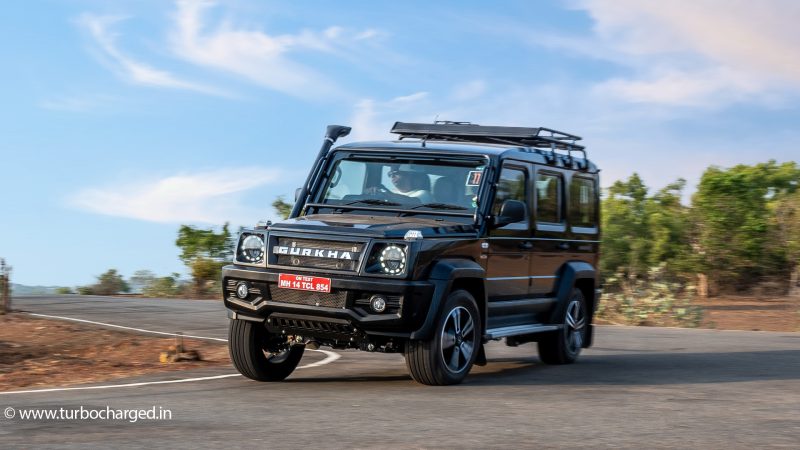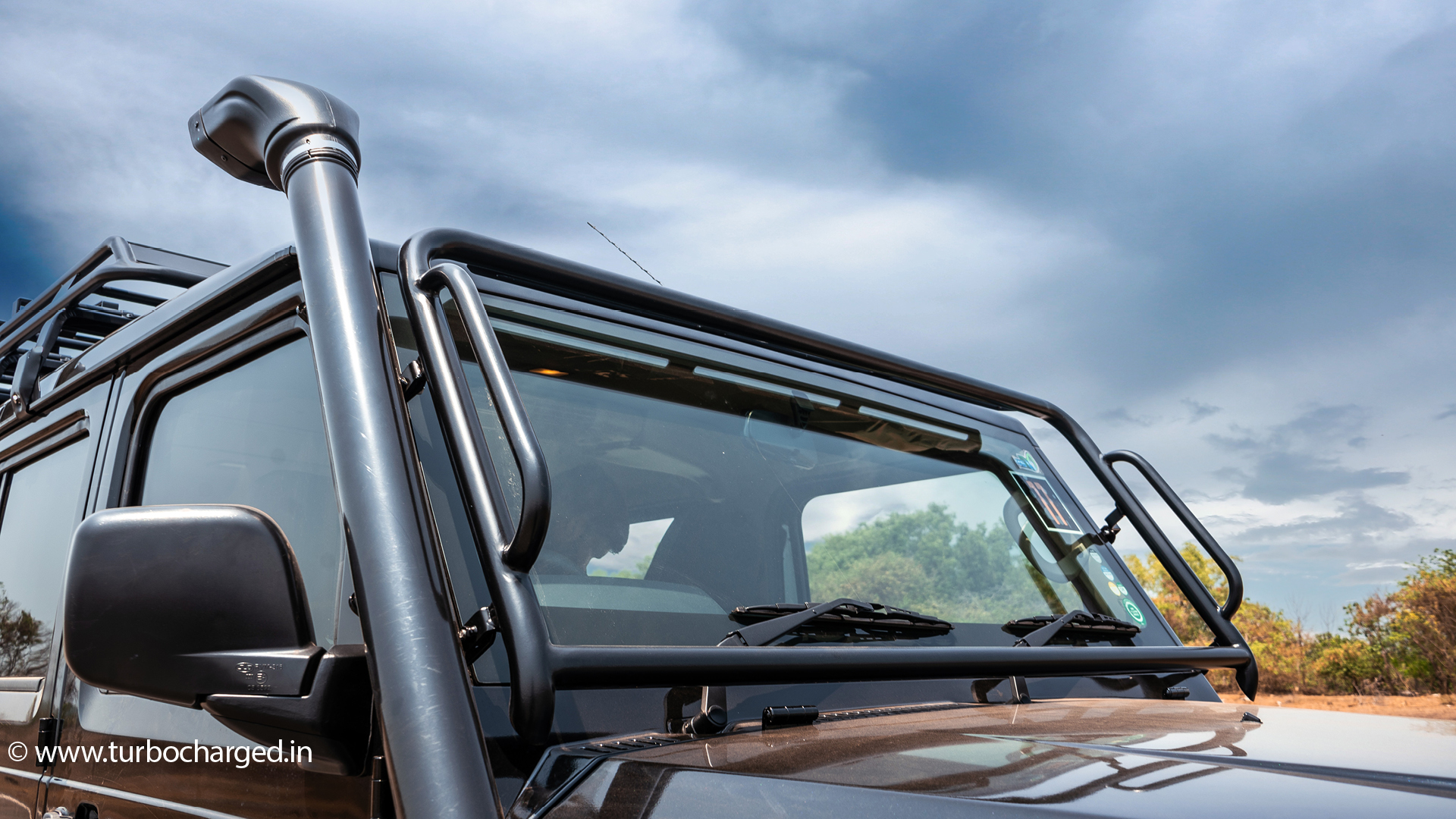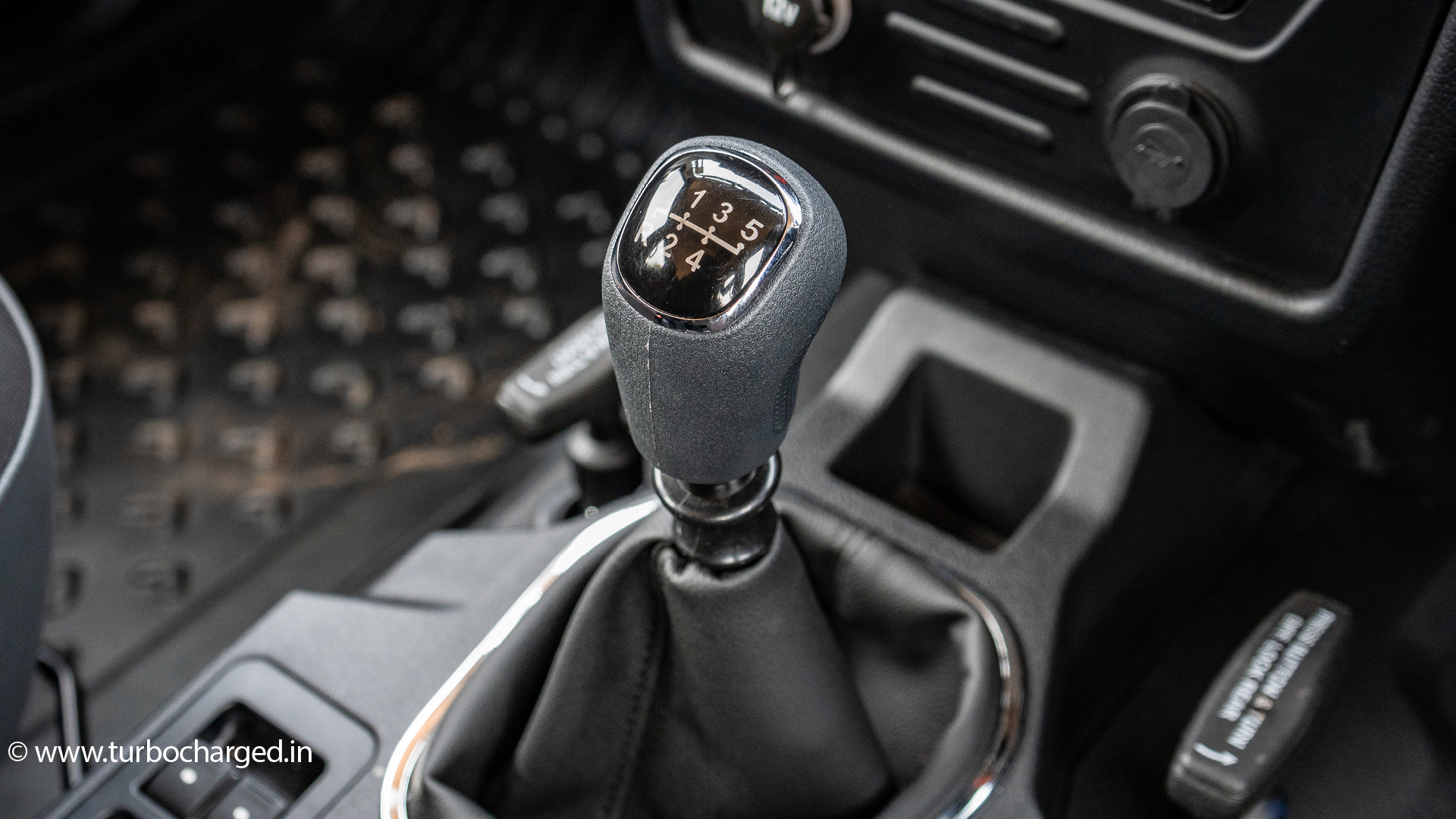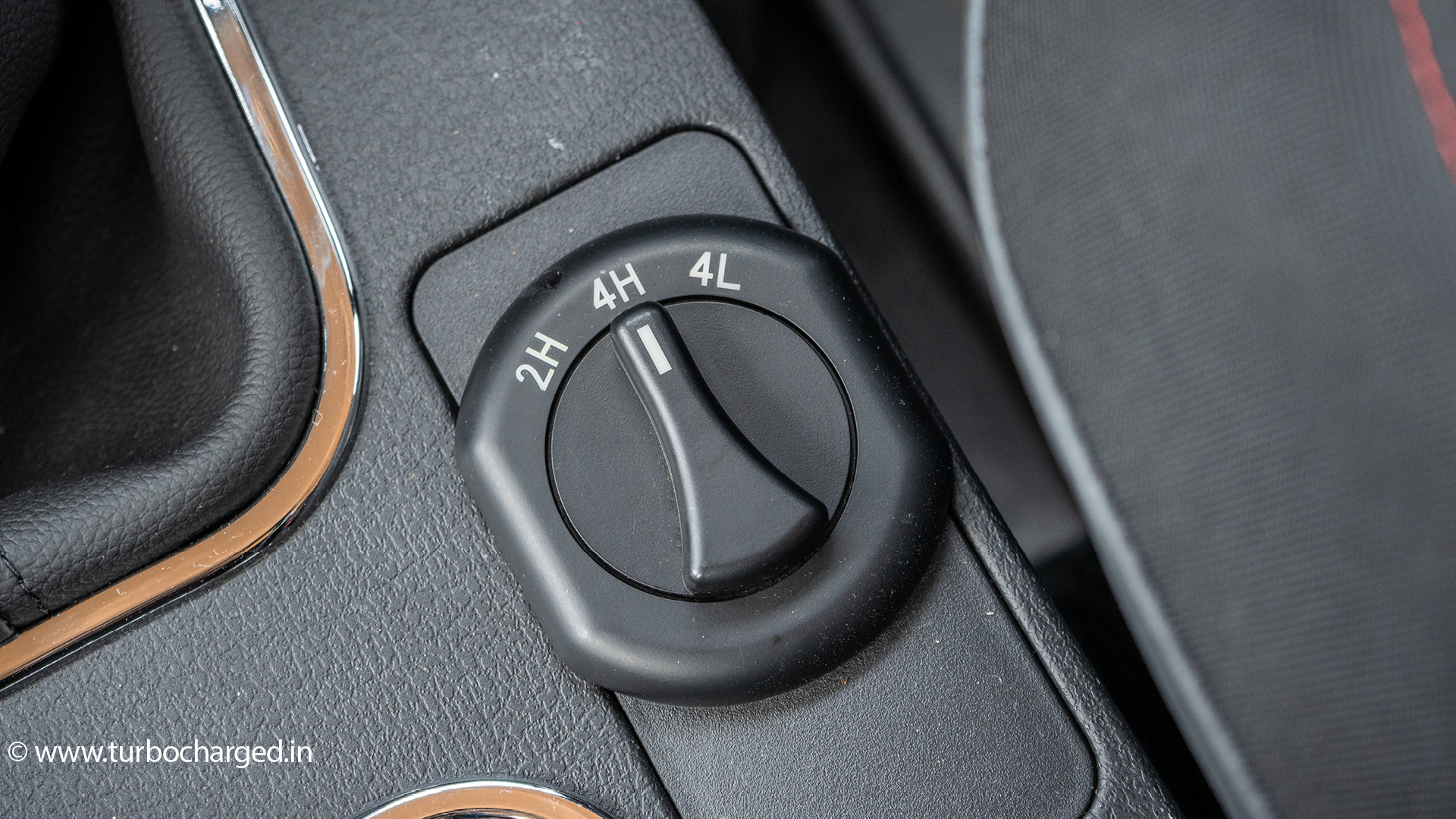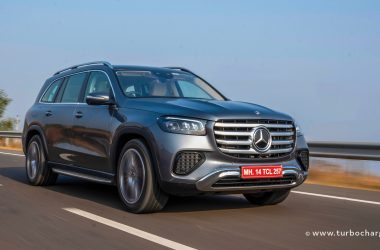If you’re looking for a hardcore off-road SUV in India, without needing to break a bank, I’m afraid your options are limited. And there’s a very strong chance you’ll consider the Force Gurkha, as it is one of the few homegrown SUVs to have made a name as a hardcore off-roader. If you’re an automotive enthusiast, there’s also a very strong chance you’ll remember the Gurkha’s domination in the Rain Forest Challenge. But therein lies the Gurkha’s challenge. While it has received massive accolades for its off-road abilities, the SUV hasn’t been too impressive on tarmac. Force Motors is keen on changing that with the 2024 Gurkha though. More importantly the Gurkha promises to feel a lot more practical as you can also have it with five doors and seven seats now, besides the 3-door, 5-seat version!
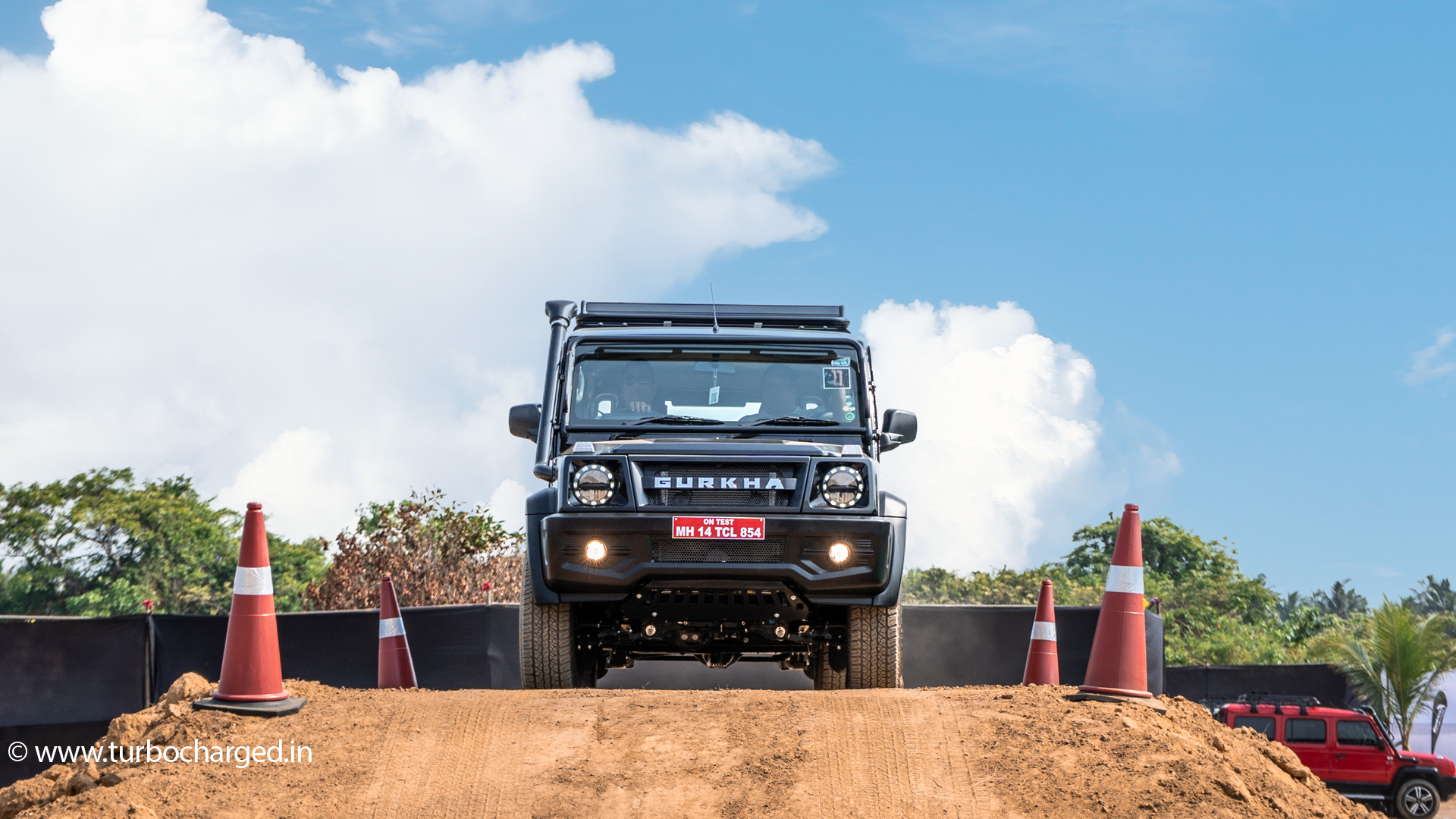
The Gurkha is often referred to as the ‘Indian G-Wagen’ given its striking similarity to the German SUV. This hasn’t changed with the 2024 version, especially with the round headlamps that also feature an interesting setup of LEDs as the DRLs. But nothing about the Gurkha’s design screams G-Wagen as much as positioning of the front turn indicators. But what’s even more striking besides the design, especially on this 5-door version is its size, which lends it a towering stance – at over 2 metres tall the Gurkha is taller than the Jeep Wrangler Rubicon! The 5-door Gurkha is also nearly 4.5 metres long and 1.8 metres wide, sits on 18-inch wheels (up from 16-inch wheels on the previous 3-door version) and has a ground clearance of 233mm – these numbers should give you an idea about the SUV’s unmistakeable road presence.
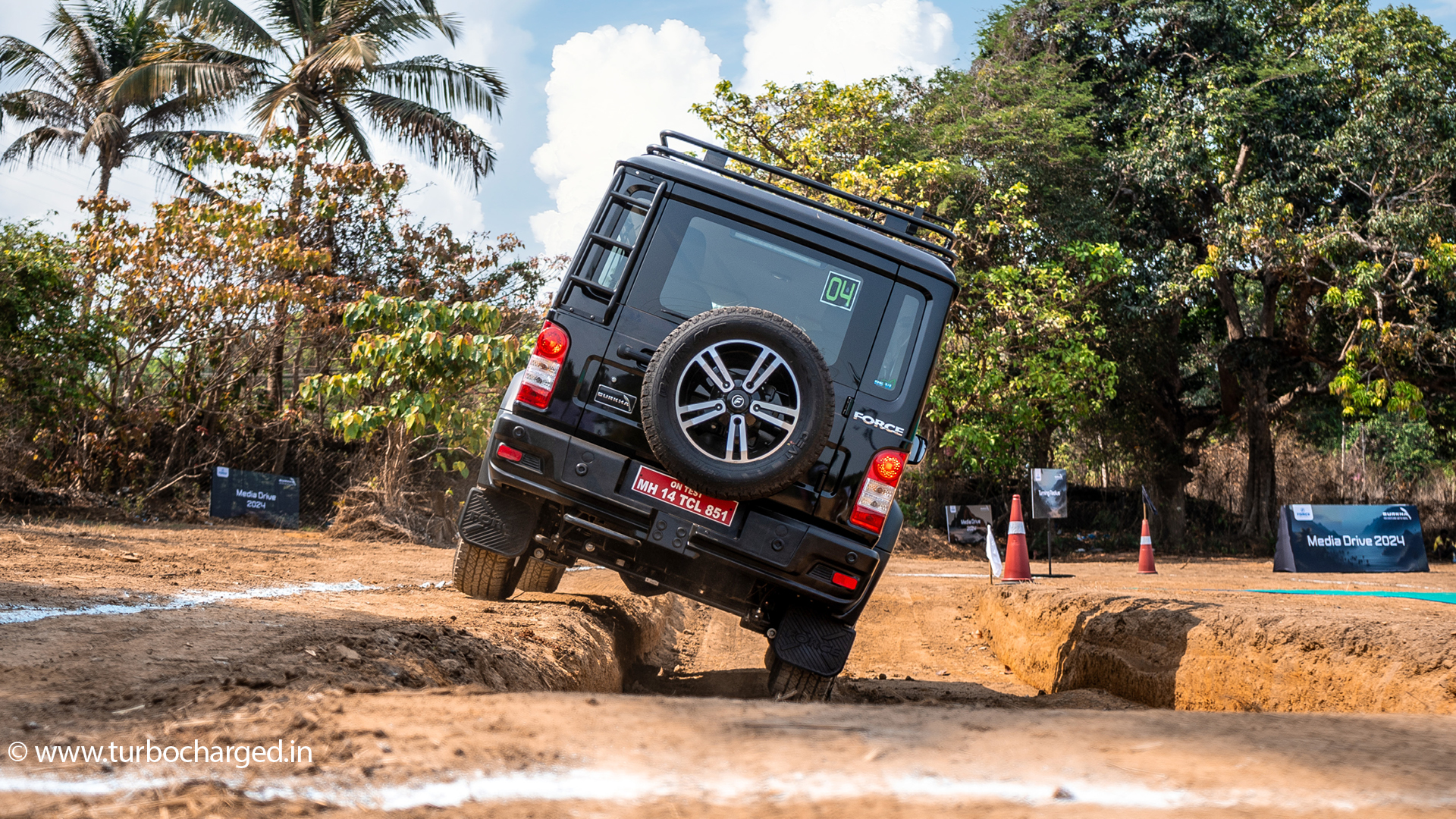
The Gurkha name is writ large on the grille besides which the snorkel is standard, though the ladder, windscreen bars and the roof rack you see here are all optional but accessories that have been homologated by the manufacturer. The Gurkha’s doors also have that solid feel we’ve experienced only on the G-Wagen and admittedly, there’s quite a few things about the SUV’s design that make it very distinctive. That said, the interiors while heavily revamped, still lack the sense of modernness that most buyers would look for, despite the host of updates. For instance, you get a large, 9.0-inch touchscreen for the infotainment system now besides a fully-digital 7.0-inch display for the instrument cluster. The basic cabin layout hasn’t really changed though and even the steering wheel feels basic given its design and finish. The infotainment system does support Apple CarPlay and Android Auto but via a third-party app only while air-conditioning is a manual affair.
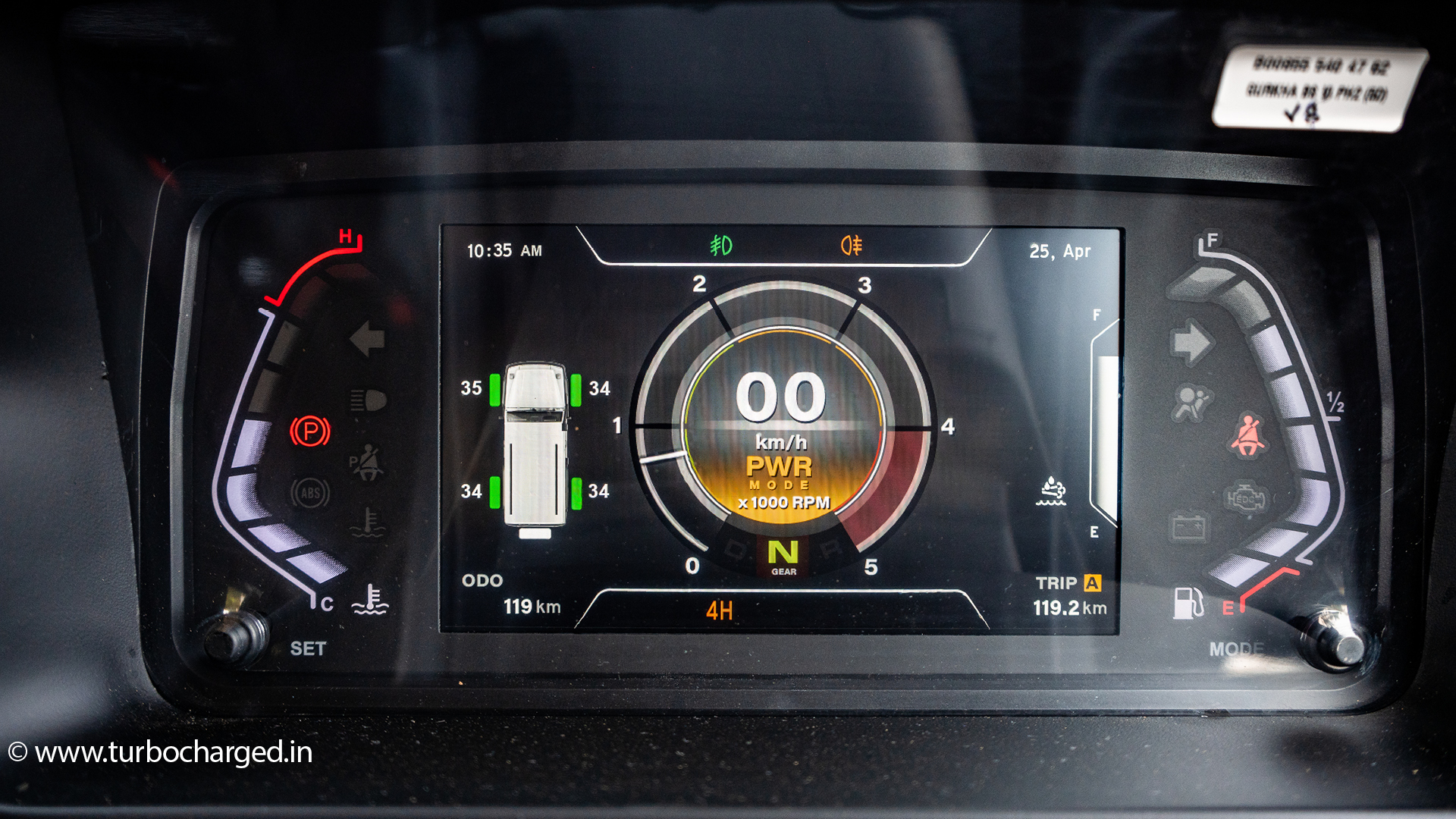
I like the instrument cluster display for the information it offers, along with TPMS which is now integrated into the display unlike before. The front seats have you sit tall and afford an excellent view of the road and driver and passenger both get arm rests now, though you really have to climb up to get into the Gurkha given how tall it sits. The Gurkha does not feature seat height adjustment even for the driver, which might be a concern for six footers. Second row seats are comfortable and there’s ample space, along with a central armrest with cup holders and roof mounted air-conditioning vents. The only way to get into the third row, which has two captain seats, is to climb up from the back as the second row seats are fixed and do not fold or slide. That said, the seats at the back are comfortable and spacious once you’ve settled in, but again, are fixed with no adjustments for reclining or moving. Effectively, you don’t get too much luggage space in the 5-door version, especially when compared to the 3-door Gurkha. Overall, the interiors affirm the Gurkha’s status as a purpose-built, no-nonsense SUV that distances itself from modern niceties in the interest of its purity of purpose. On the same note you can’t really compare its feature list to other SUVs but I’m glad to see the inclusion of a reverse camera and parking sensors. ORVMs are electrically adjustable now, the fuel filler cap can be opened directly without needing to unlock using the key and front and second row occupants also get USB ports now.
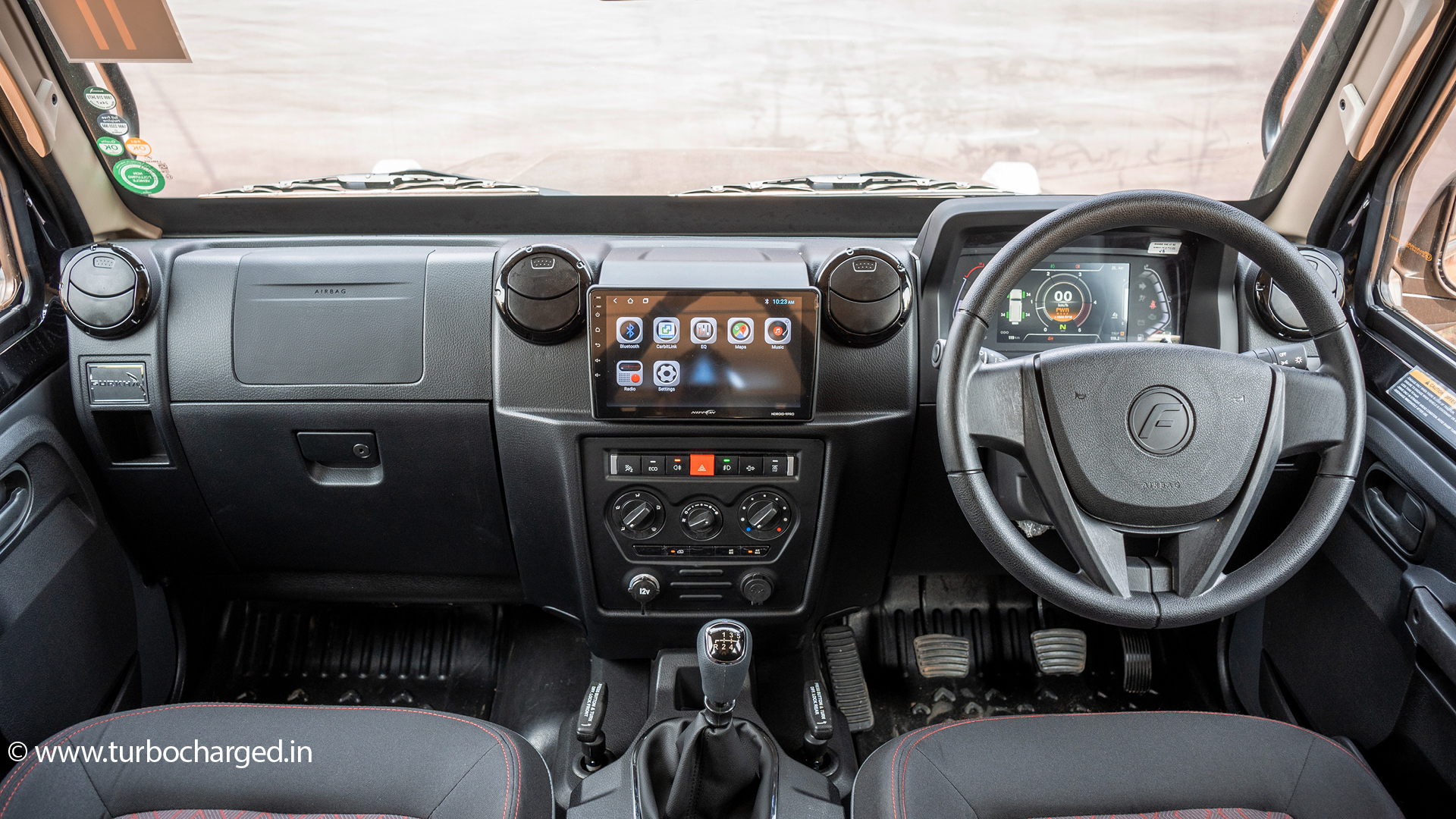
Under the hood is the same, 2.6-litre diesel engine sourced from Mercedes-Benz, but it is a lot more powerful now. The engine puts out 140PS and 320Nm now, up from 90PS and 250Nm earlier. You can only have the Gurkha with a 5-speed manual gearbox though, as there is no automatic version on offer. Force Motors claims to have made a host of changes to the engine to make it over 50 percent more powerful. These include a bigger turbocharger, new intake, a new flywheel and larger fuel injectors besides which we’re told the engine also boasts lower NVH levels now. Admittedly, I am impressed by the engine performance, especially because the 5-door Gurkha is heavy and weighs well over 2.5 tonnes. Its engine is up for hauling that kind of weight and yes, there is a need for more grunt but the engine doesn’t disappoint and pulls well. Shove from 1,500rpm is thus strong and cruising at 90-100kmph feels easy too.
The Gurkha also comes with Eco and Power modes, though Eco feels too sluggish. And while the gearbox and clutch are easy to use, throws for the transmission are long. We drove the Gurkha on the road and on a specially curated off-road track too. Bottom end grunt from the motor helped the SUV make light of the off-road course and gear ratios feel well spaced when driving on tarmac. The off-road circuit in fact was a little too easy for the SUV and it had no trouble going over the inclines, slopes, articulation sections and more, without even needing to switch to 4 Low. A rotary switch now lets you shift from 2 High to 4 High or 4 Low, adding to convenience. It’s off-road biased setup and ground clearance helped matters too – approach and departure angles now stand at an enviable 39 degrees and 37 degrees respectively. Water wading capacity stands at 700mm. The Gurkha has differential locks for both axles like before, a feature that truly adds to its off-road mannerisms.
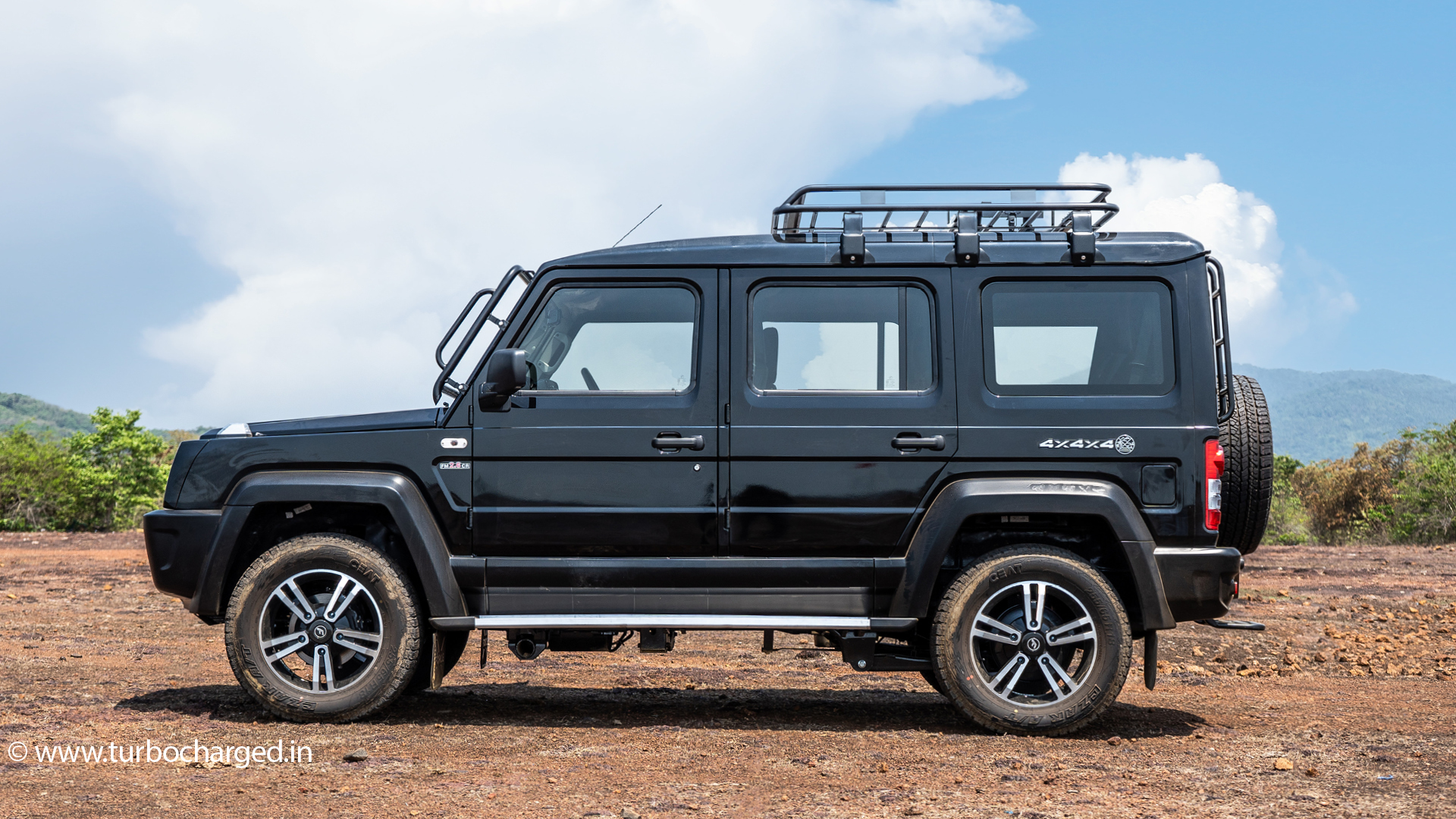
On the road the Gurkha handles a lot better too, thanks to its all-new suspension setup in the form of coil springs at both ends. Of course, the suspension setup is soft considering this is an off-roader which means the Gurkha is adept at soaking up ruts and bumps though that also means that there’s plenty of body roll around corners. It also feels more planted at highway speeds now, but admittedly, it still isn’t an SUV that makes you want to drive on tarmac. What’s more, the Gurkha uses disc brakes at the front along with a drum brake setup at the rear, which leaves you wanting for stronger brakes. As much as it feels better on the road and will feel better on long drives and road trips, it still feels like an SUV meant to go off-roading in. And that’s something I’m already convinced will help it attract off-roading enthusiasts in even bigger numbers.
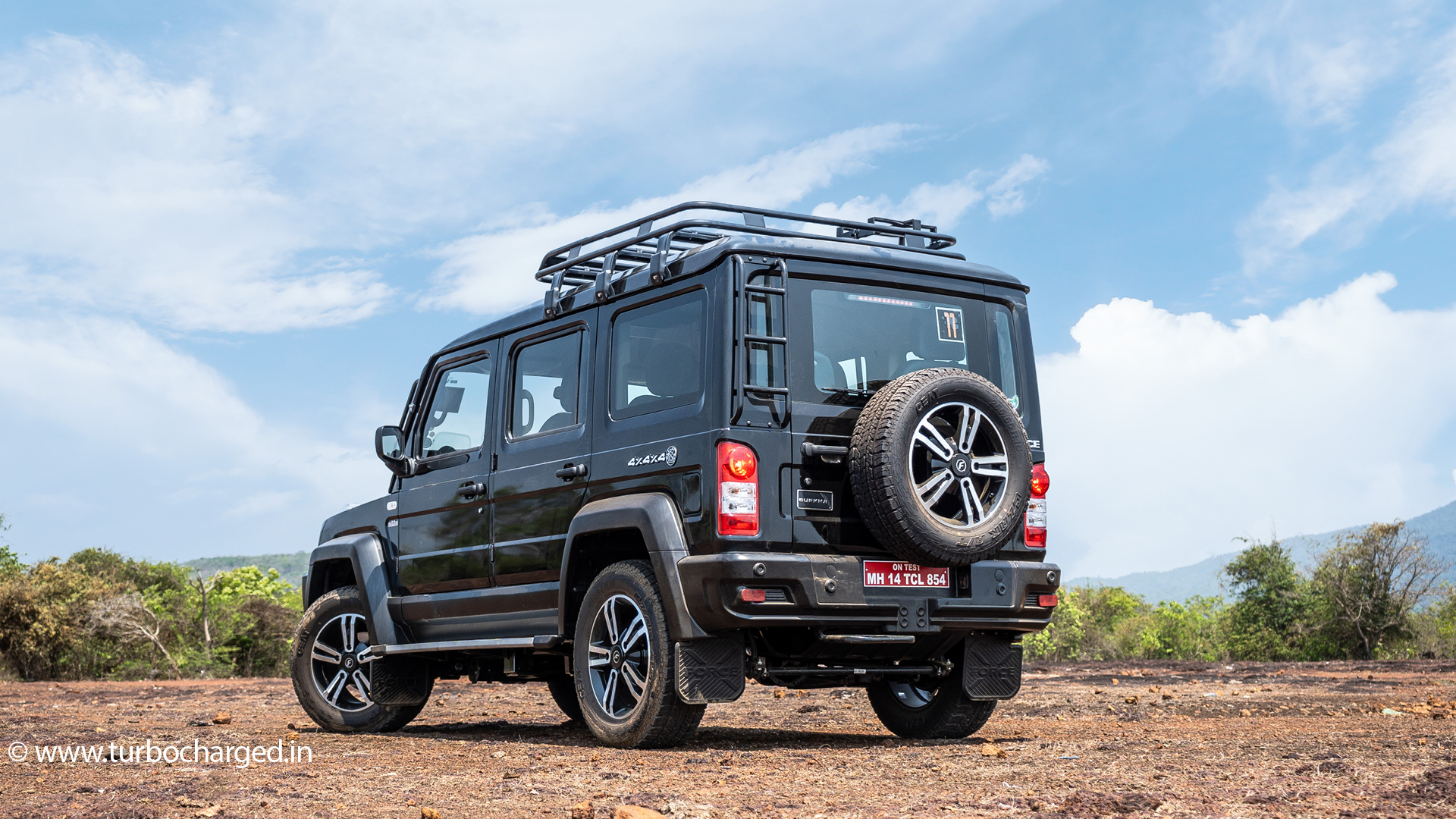
Bottom line is, the Gurkha still feels like a very niche product, though there’s no denying it really excels at that. It is a brilliant ‘go-anywhere’ SUV and will amaze you with its abilities. What’s also working in its favour now is the fact that while the 3-door version is definitely more adept at its job than before, you have the option of a more practical 5-door version now that makes it easier to convince your family to join you for a weekend of off-roading or a roadtrip to the Himalayas. Then there’s the pricing – the 3-door version retails at Rs 16.75 lakh ex-showroom, while the 5-door retails at Rs 18 lakh ex-showroom which makes it worth considering, especially if you’re an off-road/adventure fanatic.





